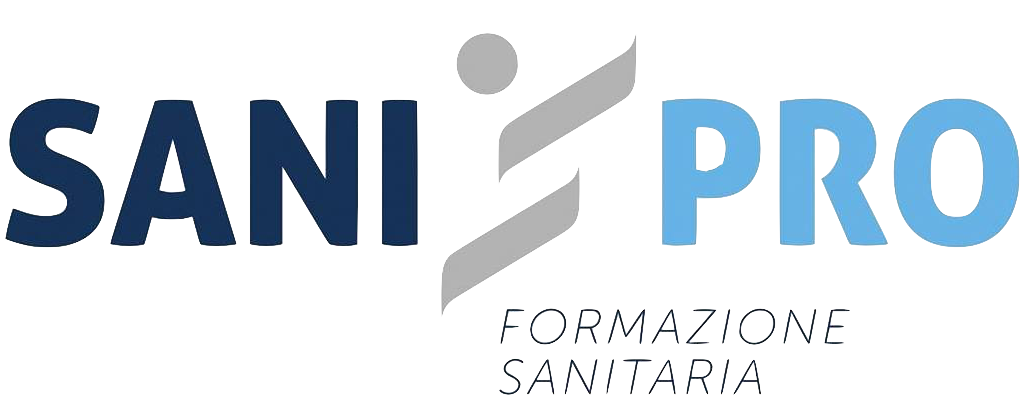Osteopathic Manipulative Treatment to Resolve Head and Neck Pain After Tooth Extraction
- Patricia M. Meyer, DO, MS;
- Sharon M. Gustowski, DO, MPH⇓
- From the Department of Primary Care, Touro University Nevada College of Osteopathic Medicine in Henderson (Dr Meyer), and the Department of Osteopathic Manipulative Medicine, University of North Texas Health Science Center, Texas College of Osteopathic Medicine in Fort Worth (Dr Gustowski). Dr Meyer's MS degree is in clinical research and education in osteopathic manipulative medicine
- Address correspondence to Sharon M. Gustowski, DO, MPH, Assistant Professor, Department of Osteopathic Manipulative Medicine, University of North Texas Health Science Center, Texas College of Osteopathic Medicine, 3500 Camp Bowie Blvd, Fort Worth, TX 76102-4567. E-mail: sharon.gustowski@unthsc.edu
Abstract
Pain is a common occurrence after tooth extraction and is usually localized to the extraction site. However, clinical experience shows that patients may also have pain in the head or neck in the weeks after this procedure. The authors present a case representative of these findings. In the case, cranial and cervical somatic dysfunction in a patient who had undergone tooth extraction was resolved through the use of osteopathic manipulative treatment. This case emphasizes the need to include a dental history when evaluating head and neck pain as part of comprehensive osteopathic medical care. The case can also serve as a foundation for a detailed discussion regarding how to effectively incorporate osteopathic manipulative treatment into primary care practice for patients who present with head or neck pain after tooth extraction. After dental extraction, the majority of patients have pain lasting less than 1 week that can be controlled by analgesics. The length, type, and severity of pain vary as a result of multiple factors, such as the difficulty of the extraction procedure, the patient's health status and attitude, and the patient's sex. n.1
Other pain syndromes that may occur weeks after the procedure—though rare—include neuropathic pain, temporomandibular disorder, n.2, n.3 cluster headache, n.4, n.5 and neck and head pain caused by somatic dysfunction. n.6, n.7 Prolonged and nonresolving pain should be investigated for such conditions as rheumatologic diseases, tumors, migraine headache, or myofascial pain syndrome. The etiologic characteristics of head and neck pain after dental procedures are multifactorial, depending on the type of procedure, the direction and amount of force used, and the patient's predisposing factors (eg, previous injuries). Postextraction head and neck pain is not a well-documented condition, though it is seen in clinical practice. The use of osteopathic structural examination and application of appropriate osteopathic manipulative treatment (OMT) to resolve somatic dysfunction can be offered by osteopathic physicians as treatment modalities beyond pharmacologic and surgical management—or no management at all. The following case is an example of the use of OMT to resolve head and neck pain in a patient after tooth extraction.
Leggi articolo in forma integrale scaricando il pdf qui: http://www.jaoa.org/content/112/7/457.full.pdf+html

